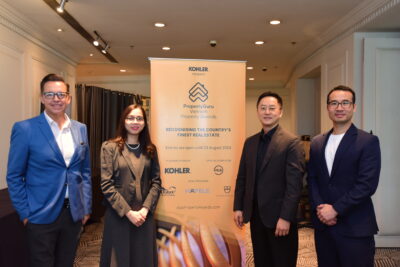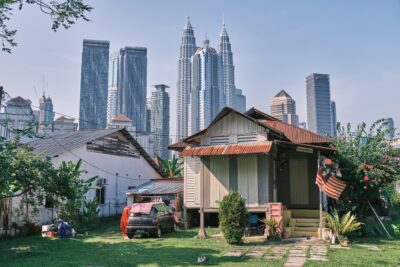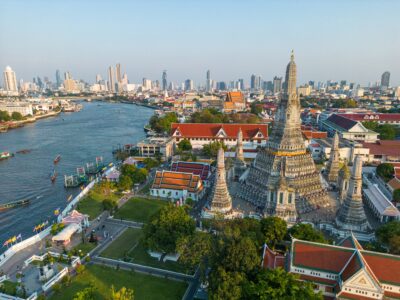India welcomes world’s second biggest, Asia’s largest data centre
Developers revealed that the infrastructure will also be powered by renewables onsite and offsite

On Thursday, Mumbai Live reported that the Yotta NMI building in Navi Mumbai, now renowned for being the largest data centre in India, the biggest Tier IV Data Centre in Asia and the second largest in the world, has launched via video conference led by Chief Minister Uddhav Thackeray.
“What makes Yotta story unique is our ownership of all key input resources, massive economies of scale with our land banks, captive green energy generation and distribution capabilities and unmatched expertise and experience in data centre domain, including design, engineering, construction and operations,” said the managing director and co-founder of Hiranandani Group Dr. Niranjan Hiranandani.
Darshan Hiranandani, the group CEO of Hiranandani Group, added: “This data centre is a global pioneer not just in terms of capability and price, but more so in terms of its focus on efficiency and sustainability. We provide the most efficient power offering available in the market today – not just the lowest price of power but also a Power Usage Efficiency or PUE that is a global benchmark for the tropics.”
Back in 2019, the group revealed the establishment of Yotta Infrastructure, a subsidiary that is currently constructing hyper-scale data centres across the country and will serve as a managed data centre service provider.
More: Data centres prove to be a profitable investment in developing countries
Since the announcement, the decision to create a subsidiary for a data centre has caused a lot of concerns, but since the pandemic has prompted most industries to go digital, they saw a boost in OTT, digital learning, online banking and eCommerce.
For the initial stage or phase zero, the group plans to shift to renewables, along with gas-based fused heat and power generation on-site. This process enables them to provide chilled water at economical rates and reduce PUE numbers to 1.2, which is practically inconceivable considering the country’s weather conditions.
Moreover, the infrastructure is built to last for the future, having the capacity to operate 100 percent on renewables, be it onsite through hydrogen-based co-generation or offsite through wind and solar.
Recommended
Meet the vagabond architect behind India’s housing scene
Vinu Daniel is helping to shake up India’s home building setting
Where Asian real estate stands in a fragmented, warmer world
Asia’s real estate industry faces many and varied challenges as external factors continue to bite
6 sights to see in Singapore’s Marine Parade
Handily located Marine Parade has emerged as a vibrant investment choice in the Lion City
There’s a township dedicated to health and wellness in Malaysia
Property seekers have their health needs catered for at KL Wellness City








